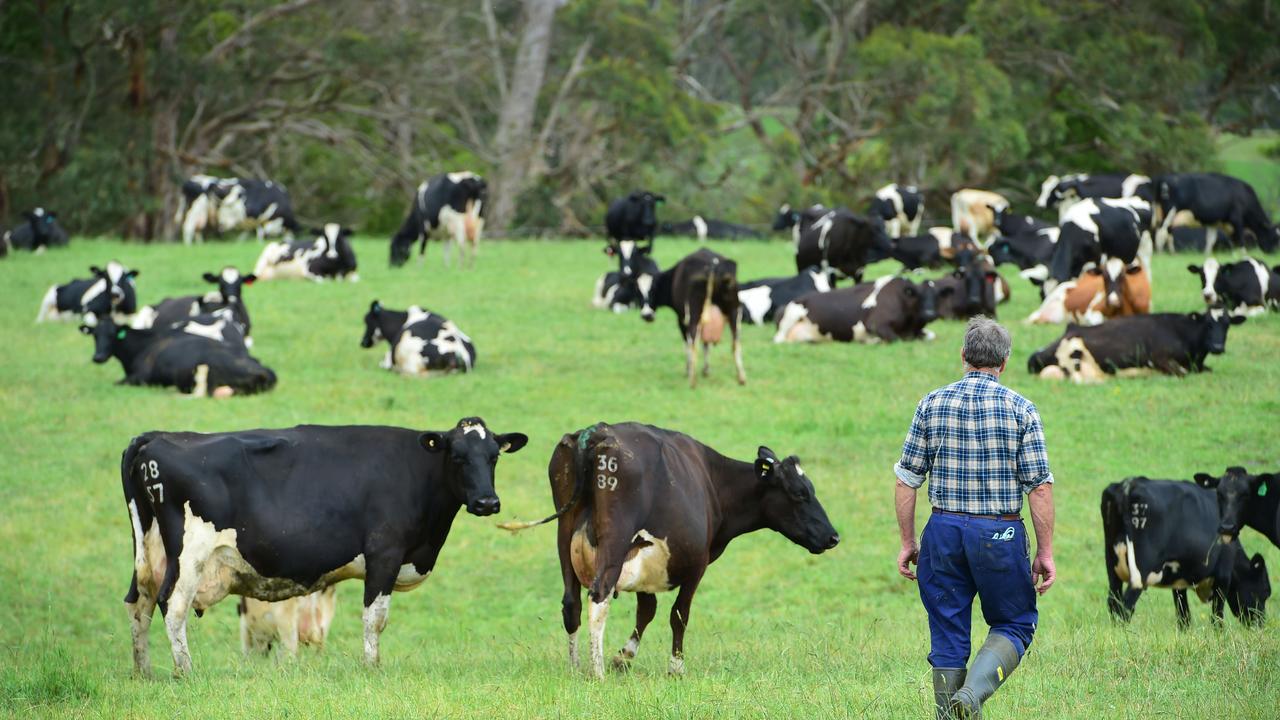Pipe in times of plenty: Times to rewrite the rules on pumping water across the Great Dividing Range
WE need to turn the North-South pipeline off during droughts and on when water is plentiful, says PETER HUNT.

TALK of turning on the north-south pipeline is a taboo subject in northern Victoria.
The mere mention of “the pipe” sends some north Victorian politicians into fits of condemnation and inflames irrigator anger over seeing their precious water flushed down Melbourne dunnies.
Never mind the Federal Government marched into the market in the midst of the millennium drought to strip 285,205 megalitres out of the Goulburn Valley for the environment.
Nor do people seem to notice South Australian Water Corporation owns an undisclosed volume of Goulburn Zone 1A high reliability water entitlements, which flows down the Murray to Adelaide’s Mannum pumps to eventually be flushed down many Adelaide dunnies.
Sadly, anger and division have blinded our political leaders from having the vision to use the pipeline effectively, mothballing a $750 million asset.
The current Government policy is to only turn the pipeline on when Melbourne’s total water storages fall below 30 per cent full on November 30 of any year.
But why not tip this flawed logic on its head?
Turn the pipeline on when it’s wet and off when it’s a drought. Pumping water out of northern Victoria in the midst of a drought makes no sense, given catchments on both sides of the Great Divide are going to be bone dry.
In a wet year the pipeline could be used to pump 75,000ML of Goulburn River water into Sugarloaf Reservoir.
The pipeline’s flows could replace water that would normally be released from the Upper Yarra storages and Thomson Dam to top up Sugarloaf.
The strategy keeps the Thomson Dam fuller in wetter years, keeping more in storage for those drought years.
The 654,679ML capacity of Thomson Dam is more than four times its average annual inflows (about 160,000ML/year), which means it can take years to refill after being drawn down during drought, such as in 2009 when it fell to 16 per cent full.
Being able to withhold another 75,000ML in the Thomson during wet years could make an enormous difference during a drought.
The Thomson Dam was built to droughtproof a city of five million, but its inflows are on the decline.
From 1984 to 1996 the Thomson’s average annual inflows were 254,000ML, but from 1997 to 2010 they dropped to 159,000ML.
This massive storage represents 60 per cent of Melbourne Water’s storages, but the way it’s currently managed leaves it vulnerable.
Using the north-south pipeline in wetter years would make the Thomson a far more effective drought reserve.
You could even let irrigators sell water to Melbourne on the temporary market in wet years, when it’s worth about $100/ML, which is a hell of a lot cheaper than the stuff they pump out of the Wonthaggi desalination plant at $1000 to $4000 a megalitre.
●Peter Hunt is The Weekly Times senior reporter


